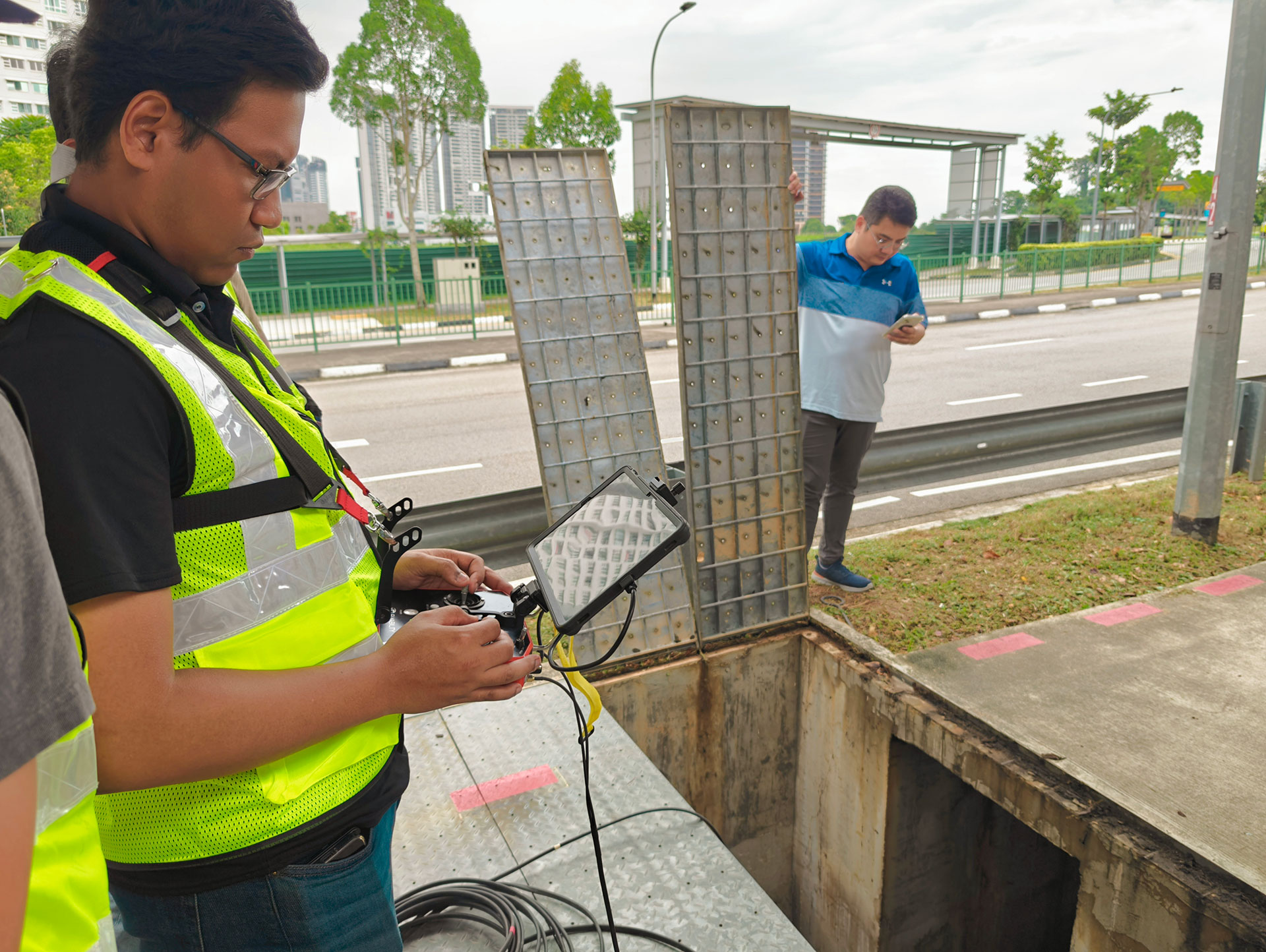Background
Beneath the surface of densely developed urban areas lies an intricate network of underground drainage systems and pipelines engineered to channel stormwater away during heavy downpours, thereby mitigating the risk of flooding.
This stormwater drainage infrastructure is especially critical in cities like Singapore, which frequently experiences intense tropical storms due to its geographical location. The challenge is further compounded by climate change, which has led to more frequent and severe rainfall events.
To maintain the reliability and functionality of these systems, regular inspection is essential. Common issues include sediment build-up, obstruction by foreign objects, and structural degradation over time.
Traditionally, inspections have relied on manned entry or tethered robotic crawlers. However, these methods often pose limitations in terms of safety, accessibility, and efficiency—particularly in irregular or constrained environments.
The Elios 3 Confined Spaces Drone offers a compelling alternative, combining safety and operational efficiency in a compact aerial platform designed specifically for confined space inspection.
The Elios 3 Confined Spaces Drone
The Elios 3 is engineered for safe and stable flight in GPS-denied, confined environments such as tunnels, pipelines, and drains. Unlike conventional drones, it is designed for contact with surfaces during flight, allowing it to navigate through narrow and obstacle-filled areas that are inaccessible to human inspectors or wheeled robots.
Equipped with an onboard LiDAR system, the Elios 3 provides real-time 3D mapping of its environment, greatly enhancing pilot awareness and navigation capabilities. This allows for precise localization of inspection targets and detailed visual assessment without requiring personnel to physically enter the space.
Case Study: Inspection of Underground Stormwater Drain
VISCOY’s field operations team collaborated with a local contractor to conduct a proof-of-concept (POC) inspection of an underground stormwater drain using the Elios 3 drone. The contractor, with extensive experience in traditional drain inspection methods, sought to evaluate the potential benefits of drone-based inspection.
The Elios 3 was launched from ground level and accessed the drain through a manhole on the pavement. It then proceeded to fly along the drain corridor, capturing visual data and inspecting drainage inlets along the walls for signs of blockages or debris accumulation.
One of the key advantages demonstrated was the drone’s ability to navigate freely over uneven surfaces, steps, or debris—obstacles that typically hinder ground-based robotic crawlers.
Simultaneously, the onboard LiDAR generated a detailed 3D map of the inspection area. This not only enabled precise localization of defects but also provided a comprehensive spatial overview of the drainage network.
The proof-of-concept was completed successfully, with each flight covering approximately 200 meters of the drain.
Conclusion
The deployment of the Elios 3 for underground stormwater drain inspections offers several compelling advantages:
- Enhanced Safety: Eliminates the need for personnel to enter hazardous or confined environments.
- Operational Efficiency: Rapid inspection cycles with high-resolution data collected in a single flight.
- Quick Deployment: Minimal setup and flexible launch options enable timely, on-demand inspections.
- Improved Inspection Frequency: Streamlined workflows support more regular and proactive maintenance.
- Accurate 3D Visualization: Real-time LiDAR mapping provides spatial context and repeatable documentation.
By incorporating confined-space drone technology into urban infrastructure maintenance workflows, cities can achieve safer operations, reduce downtime, and gain deeper insights into the condition of critical underground assets.
Q&A
Click edit button to change this text. Lorem ipsum dolor sit amet, consectetur adipiscing elit. Ut elit tellus, luctus nec ullamcorper mattis, pulvinar dapibus leo.
Click edit button to change this text. Lorem ipsum dolor sit amet, consectetur adipiscing elit. Ut elit tellus, luctus nec ullamcorper mattis, pulvinar dapibus leo.
Click edit button to change this text. Lorem ipsum dolor sit amet, consectetur adipiscing elit. Ut elit tellus, luctus nec ullamcorper mattis, pulvinar dapibus leo.
Click edit button to change this text. Lorem ipsum dolor sit amet, consectetur adipiscing elit. Ut elit tellus, luctus nec ullamcorper mattis, pulvinar dapibus leo.
Click edit button to change this text. Lorem ipsum dolor sit amet, consectetur adipiscing elit. Ut elit tellus, luctus nec ullamcorper mattis, pulvinar dapibus leo.


